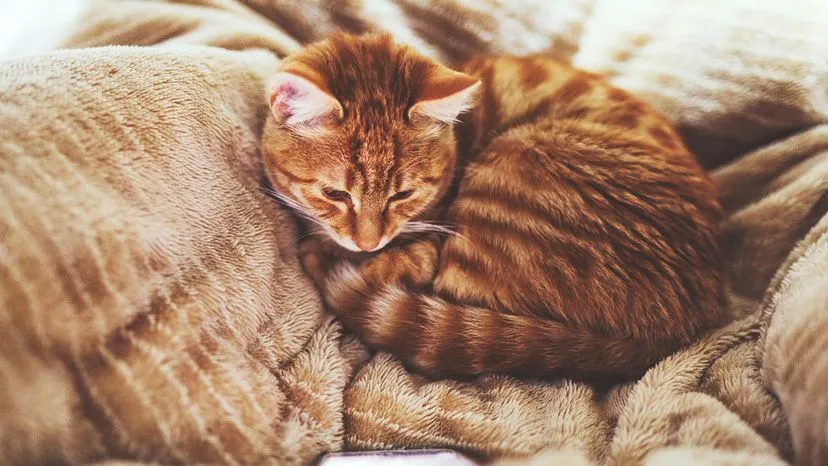- cross-posted to:
- wallpapers@lemmy.ca
- wallpapers@sh.itjust.works
- cross-posted to:
- wallpapers@lemmy.ca
- wallpapers@sh.itjust.works
Cross-posted from “Bokeh Wallpaper [1920x1080]” by @other_cat@lemmy.zip in !wallpapers@sh.itjust.works
Source? Shariqmafia22 This is one of those really ubiquitous wallpapers so I’m not sure this is the source, but tineye gave me over a hundred to choose from, so.
Today I learned this is called “Bokeh” photography!

Bokeh is the quality or feel of the out-of-focus parts of an image, and not the blurry parts themselves.
A lesson on bokeh that no one asked for
That quality is often due to the lens. So a photographer might ask, “How’s the bokeh on that lens when stopped down?” to mean “How good do out-of-focus parts of photos taken with that lens look with the aperture closed slightly? Are the dreamy and beautiful, or are they jagged or weird looking?”
The circles you are seeing in this image are called “circles of confusion”. It’s what an out-of-focus point of light looks like. If you think of every tiny part of a scene as a point of light, when those parts are out of focus, each point creates a circle like this, and they all overlap to create a blurry part of the photo. The brighter points create brighter circles and can become apparent even in fully lit scenes. Like sunlight coming through the gaps in leaves. And it super obvious when it’s like this image, where there were points of light and a black background. Although I don’t think this image is actually a photograph. I think it’s computer art.
So, I wouldn’t call this a bokeh photo because that term doesn’t really make sense. You can’t photograph the quality of a blur. It’s just something the photo has. Of course, language is fluid, and you can call it whatever you want. If you call it a “circle of confusion photo”, photographers will think you’re smart, but everyone else will think you’re weird. 😄
Different optics and different shapes of lens apertures can create distinct types of bokeh. In some poorly designed lenses, the edges of each circle of confusion can be brighter than the center, causing a poor bokeh.
The shape of the aperture is very important to the bokeh. When most lenses’ apertures are wide open, the circles of confusion are perfectly round, but when they are partially closed (“stopped down”), cheaper lenses with 5-bladed apertures make obvious pentagons, while expensive lenses strive to maintain a very circular aperture by using many blades with complex curves, or at least octogons. The cheaper lenses make blurry sections of the photo look edgy and rough, while a high-quality aperture makes out of focus, sections look dreamy and smooth, even when not wide open. They have “better bokeh”.
Here’s an example of a photograph taken with a lens that has a nine-bladed aperture, taking an out-of-focus picture while being stopped down. It makes the shape of the aperture obvious.
Here’s a picture showing the bokeh of a stopped down aperture versus one with a wide open aperture, or at least a very round one. The bokeh of the photo on the right is much better. It’s creamy and smooth.
Here’s a series of photos that show the bokeh of a whole bunch of lenses. Most are good, but you can see subtle differences in their appearance.
So that’s what photographers mean when they say bokeh. They mean the quality of the out-of-focus parts of a photo, not the blurry parts themselves.
tbh this one is probably photoshop
I agree, and I said as much in my comment. But I don’t blame you for not reading that book.
oh i didn’t actually notice you had a big writeup inside a spoiler tag, my bad